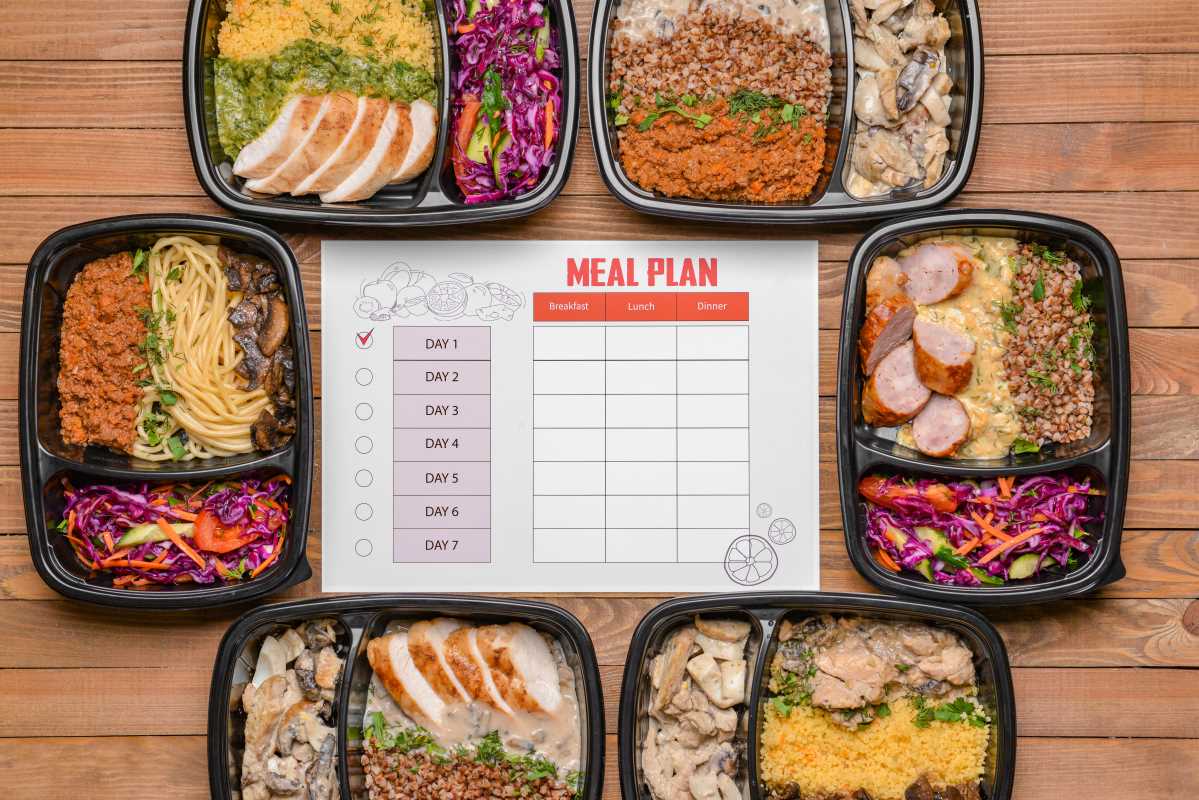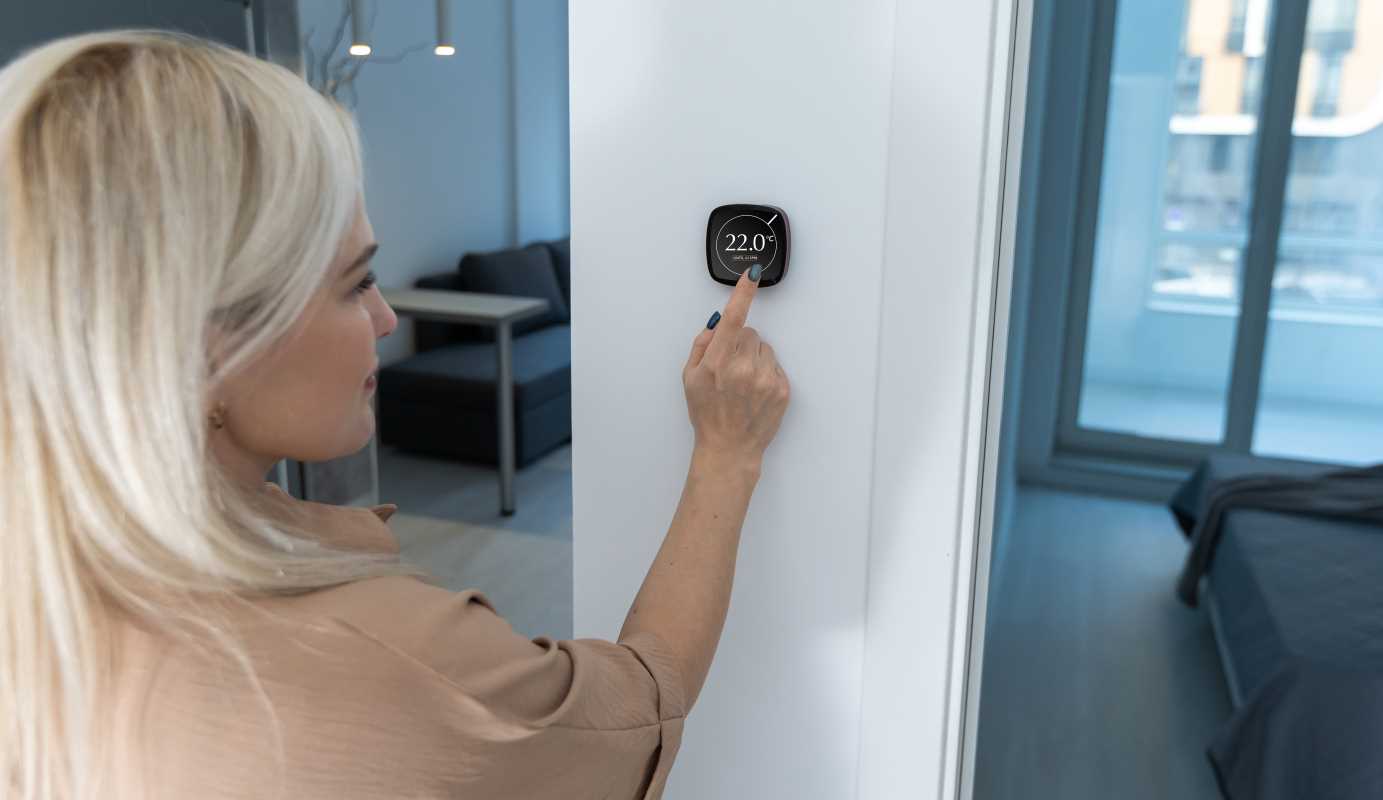Finding time to prepare healthy dinners during days packed with meetings and deadlines can seem nearly impossible. You want meals that nourish, not another night of quick takeout. The good news is that making space for home-cooked food does not mean you have to completely rearrange your schedule. Start by noticing where your kitchen slows you down. When you improve how you move between the pantry, countertop, and stove, you cut down on wasted minutes. These small changes add up, making it much easier to cook satisfying dinners even when you are short on time.
You’ll learn to recalibrate your space and mindset so that tossing together a balanced meal becomes second nature. This guide dives into workflow tweaks and tool-focused tactics designed to streamline processes rather than add complexity. You’ll leave with concrete methods to transform sporadic grocery runs and hurried chopping into a seamless rhythm that fits into even the busiest weeks.
Reconsider Your Kitchen Workflow
Most cooking hiccups come down to small hurdles: hunting for that missing lid, scrambling for an empty counter or scrambling when ingredients land all over. Reducing friction means mapping the path your hands naturally follow and removing any detours.
- Zone setup: Assign clear areas for unpacking groceries, washing produce and plating dishes. Dedicate one stretch of countertop for knife work, one for appliance use and one for final assembly. Place the cutting board next to the sink so you rinse and chop without crossing the kitchen’s central thoroughfare.
- Tool grouping: Keep frequently used items—peeler, tongs, paring knife—in a single drawer near the prep station. Store bulkier appliances like the blender or pressure cooker in adjacent cabinets. This way, grabbing all essentials takes one reach rather than a treasure hunt across multiple shelves.
- Flow audit: Time yourself doing a simple recipe. Notice where you pause most often. Jot down each stall—reaching, searching, rinsing in the wrong spot. Then rearrange or remove the biggest daily obstacle. Repeat until you slice and sear without interruption.
Streamlining movement and grouping tools reduces wasted seconds that build up into extra prep time. By ironing out your kitchen’s choreography, you’ll discover small spatial shifts yield big efficiency gains.
Establishing this new workflow clears mental bandwidth. Once you automate where things live and how you move, you free yourself to focus on flavors, textures and technique rather than logistics.
Create Your Essential Meal Toolbox
Equipping your kitchen with a targeted set of multipurpose tools and ingredients prevents the “missing item” roadblock. The right kit lets you pivot quickly from one recipe concept to another, even when time is tight. Here’s a curated starter set to simplify prep without crowding your counters.
1. Sharp Chef’s Knife & Honing Rod
- Purpose: Consistent cuts for even cooking across all ingredients.
- Usage:
- Hone blade before each session.
- Use firm grip for controlled slicing/dicing.
- Tip = herbs; heel = tough roots.
- Cost: $40–$60 for quality brands.
- Insider Tip: Honing before every recipe reduces slipping and speeds up prep.
2. Modular Plastic Containers
- Purpose: Store bulk ingredients or marinades efficiently.
- Usage:
- Label with masking tape.
- Portion produce or proteins post-shopping.
- Seal and refrigerate or freeze.
- Cost: <$1 per container (warehouse pricing).
- Insider Tip: Hang lids nearby to avoid lid-matching frustration.
3. Immersion Blender
- Purpose: Blend directly in cooking vessels, minimizing tool changes.
- Usage:
- Attach blade guard.
- Submerge in broth or sauce for purees.
- Pulse vinaigrettes in storage jars.
- Cost: $25–$50.
- Insider Tip: Store the blending head upright in a mug for instant access.
4. Digital Kitchen Scale
- Purpose: Improve accuracy in recipes and portioning.
- Usage:
- Tare with bowl on scale.
- Add ingredients incrementally.
- Store pre-measured batches.
- Cost: Around $15.
- Insider Tip: Use the tare function between ingredients to streamline weighing.
5. Cork-Backed Silicone Mat
- Purpose: Multipurpose prep surface—no more parchment paper.
- Usage:
- Prep dough or veggies on it.
- Place under pans for roasting.
- Clean with a wipe or in dishwasher.
- Cost: ~$10.
- Insider Tip: Non-slip backing doubles as a bowl stabilizer for whisking.
With these core items in place, you prevent last-minute shopping runs for specialty tools. Everything lives within arm’s reach, ready for the next quick-cook project or complex weeknight feast.
Step-by-step Meal Prep Strategies
Batch preparation turns sporadic effort into organized productivity. When you handle multiple components in one session, you build a small supply of ready-to-use ingredients that fit into any schedule.
- Inventory and theme selection: Begin by scanning your fridge and pantry. Pick a protein, a grain and two vegetable rotations for the week. Decide on a flavor profile—citrus-ginger, Mediterranean herb or smoky chipotle—to maintain consistency across meals.
- Simultaneous cooking: Use multiple appliances at once. Roast grains in the oven while searing proteins on the stove and steaming greens in the microwave. Stagger timers so each component finishes together, saving you a third of solo-cook hours.
- Portion assembly: When items cool, divide them into daily containers. Label with date and mix base, protein and veggies just before heating. This process preserves texture and prevents soggy greens, giving weekday lunches or dinners a fresh look.
- Flexible condiment station: Mix three simple dressings at the start—oil-vinegar, tahini-lemon, spicy yogurt. Store them in small jars so you can quickly swap flavors between identical ingredient bowls for variety without extra chopping or cooking.
- Review and refine: At the end of the week, note which components you actually ate and which sat untouched. Adjust your next shopping list accordingly, so you don’t accumulate unused items. This feedback loop makes each cycle leaner and more satisfying.
These steps create a steady rhythm, turning cooking from a haphazard task into a regular practice. You’ll enjoy fresher meals with less daily stress and more control over ingredients.
Quickly Adjust Without Stress
Unexpected meetings or late nights can disrupt even the best-prepared plans. Use quick tactics to assemble a nourishing plate in under five minutes. Keep pre-chopped greens, cooked grains and protein strips ready for instant bowls.
Follow meal planning routines that focus on swap-ready ingredients. When time is tight, toss prepped ingredients into a hot skillet with a splash of soy sauce or a drizzle of your homemade dressing. In minutes, leftovers turn into a hot, satisfying meal without stress or delivery orders.
Maintaining Simplicity Every Week
Adjusting your kitchen layout and using essential tools, combined with batch prep and quick tactics, reduces mealtime stress to almost nothing. You will prepare fresh, balanced dinners without reshuffling your entire schedule.
Start by reorganizing one zone, adding a tool, and trying a two-hour batch cooking session. These steps help simplify your routine and support your productivity and health.







